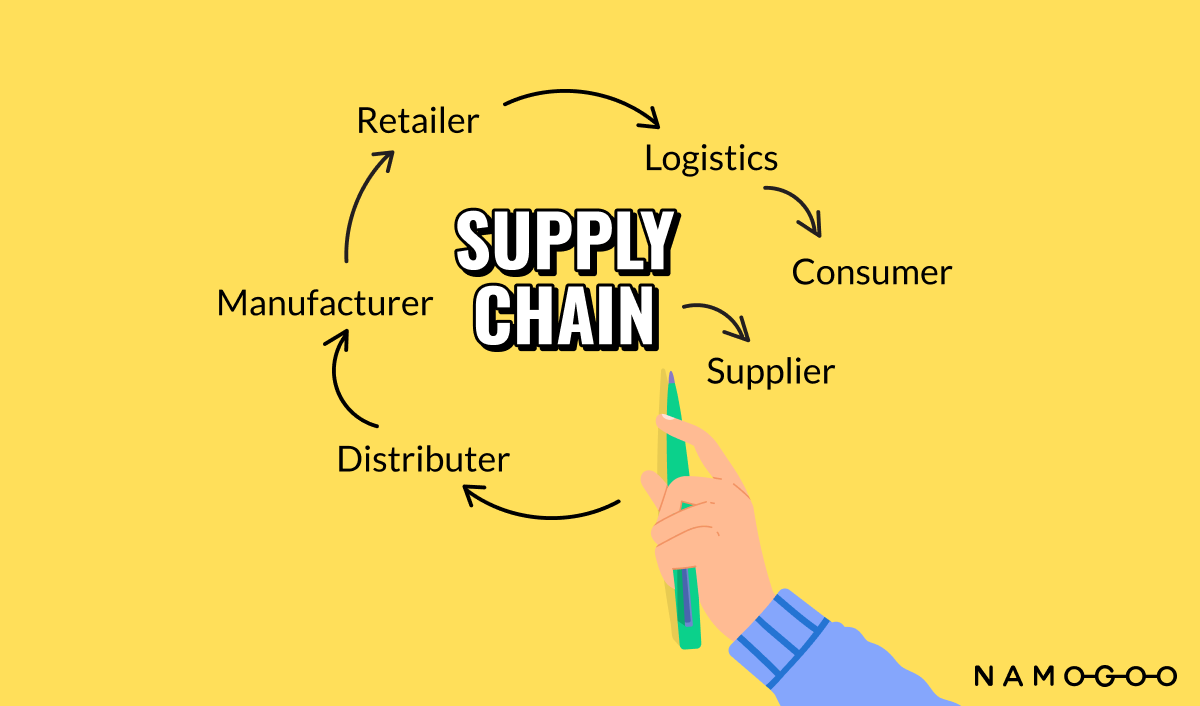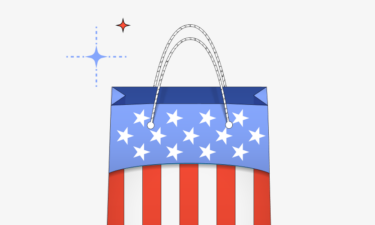With brick-and-mortar sales plummeting due to the COVID-19 pandemic and US eCommerce sales rising by almost 10% in Q2 of 2021 alone, retail supply chains are under added stress to accommodate online activity spikes. Ahead of the upcoming Black Friday and Christmas weekends, let’s learn more about the challenges online businesses are facing and how to overcome them.
Retail supply chain issues can be felt everywhere today in the United States, from local shop chains, all the way to Ikea mega-stores. Millions of online shoppers are feeling the burn due to raw material shortages, shipment delays, lack in manpower, and other related problems. Ikea recently acknowledged that it expects North American disruptions to continue even after Christmas, deep into 2022.
Ikea is having a tough time across the pond as well. Around 1000 product lines are currently unmanned in the UK and Ireland due to shortage of HGV drivers.
Related: How Tailored Brands Adapted Omnichannel Retail to the COVID-19 Era
eCommerce Supply Chain Issues: Explained
The eCommerce pipeline used to be a simple one before the smartphone revolution and globalization kicked in a decade ago. It’s no longer just a “pay and collect” process, with fluctuating customer demand, capacity management, and shipments playing a key part in achieving sustainable success. Let’s take a closer look at the challenges companies are facing today ahead of Black Friday and Cyber Monday.
- Fluctuating Customer Behavior – Customers today are spoilt for choice. With so many eCommerce vendors in play, they won’t take kindly to delivery delays and will definitely not tolerate a limited inventory. To make matters more complicated, online shopping volumes are becoming highly unpredictable due to the number of political, cultural, and economical events in play.
- Ongoing Inventory Management Challenges – The aforementioned issue connects directly to the ability of online businesses to create an inventory that can keep deliveries going out on time without delays. Think same-day shipping before Christmas. It’s important to have more Stock-Keeping Units (SKUs) and replenish exhausted stocks to achieve scalability today.
- Shipping Logistics and Transportation – The third weak link in the chain can be triggered by inaccurate inventory planning. This leads to mistakes in warehouse work processes, delivery delays, and issues with shipping logistics. The latter can trigger multiple supply chain malfunctions and unexpected expenses that can take weeks or even months to recover from.
Unfortunately, preparing for these challenges is just the first step you can take today towards establishing a robust, sustainable, and scalable eCommerce supply chain.
Pandemics, Politics, and Natural Disasters: A Delicate Balance
There are dozens of variables in play at any given time when it comes to retail and eCommerce supply chains. Even the most robust omnichannel retail businesses need to take multiple global and local developments into consideration to establish a mature offering. Let’s take a closer look at some key factors that are going to impact the upcoming holiday season and 2022 in general.
- COVID-19 in China – China is the biggest supplier of raw material and manufactured goods in the world today. The infamous COVID-19 outbreak in Southern China led to the closure of multiple ports and massive supply chain issues. Just look at the Yantian International Container Terminal in Shenzhen, where ship waiting times rose from 0.5 to 16 days earlier this year.
The Impact: Shipping costs are rising and this trend will only escalate in 2022. Cheap goods will get costlier as transporting them becomes more expensive
- The European Energy Crisis – With another cold winter ahead of us, the European gas dependency is creating ripples in the economic markets, making electrical bills more expensive, and impacting global supply chains. Politics is playing a big role here, with Russia allegedly throttling natural gas delivery to promote its Nord Stream 2 project aspirations.
The Impact: Manufacturing in the European Union will slow down significantly. Expect all EU-based companies to have a very rough and challenging winter
- Global Chip Shortage – The tech sector is in limbo due to the ongoing shortage in silicon chips. These semiconductors power a plethora of gadgets and devices used on a daily basis – smartphones, laptops, automobiles, kitchen smart appliances, etc. As prices escalate and availability falls due to this crisis, more and more people will be opting for second-hand purchases.
The Impact: Electronics eCommerce retailers cannot possibly fill up their inventories without overpaying suppliers (and raising prices) anymore
Unfortunately, this is just the tip of the iceberg. There are dozens of events affecting retail and eCommerce supply chains on a daily basis. What are you doing about it?
Report: How Did the 2020 Holiday Season Affect eCommerce?
Bolstering Retail Supply Chains: 5 Best Practices
So how do you combat the unexpected factors that often come into play? How can you establish a solid eCommerce supply chain for the holiday season and beyond?
1. Predict and Anticipate
Tracking KPIs like supply chain cycle times, inventory-to-sales ratio, and perfect order rates is great. But top retailers are now using Artificial Intelligence (AI) and Machine Learning (ML) tools to analyze demand patterns and predict supplier performance. Big Data can also improve the understanding of buyer behavior, while also breaking down delivery anomalies and measuring brand satisfaction.
2. Act Proactively
Once you have the actionable insights on an ongoing basis, you can start fine-tuning your operations. You will obviously need to optimize warehouse storage and improve paperwork accuracy. Businesses now also need to align promotional strategies incentives with inventories, especially with supplies running low and delays creating backlogs. This is to ensure you get the most profits from your available inventory by offering the minimum discount needed to convert each shopper. Therefore, syncing your promotion strategy with product availability is of key importance.
3. Streamline and Collaborate
Very few growing or medium size omnichannel retail businesses can “stack up the goods” like Walmart does. That requires exceptional muscle and finances. The new hack is to engage with third-party logistics (3PL) providers to accelerate inbound supply chains and solve storage issues while scaling up is required. You can also pick 3PL vendors strategically to speed up shipping and deliveries.
4. Automate to Optimize
Suppliers were always the backbone of the retail industry, but they now directly impact supply chains. You can create productive partnerships by establishing automated processes. Besides having updated SLAs in place and sharing actionable insights with all sides involved, the goal should be to automate like procure-to-pay (order-to-pay) cycles and document management processes.
5. Prepare to Scale
The aforementioned shortages are forcing businesses to create larger inventories, regardless of the upcoming holiday season. Warehouse storage capacity needs to be optimized and all order picking issues need to be eliminated to achieve this goal. Inventory-demand inconsistencies need to be addressed in real-time and the total cost of ownership needs to be reduced to achieve the supply chain objectives.
The Time to Go Proactive is Now
It’s important to mention that the shift towards cheaper manufacturing options in Asia has also contributed to additional supply chain issues. China is a “well-oiled machine” with modern infrastructure, but the same can hardly be said about Bangladesh (clothing, textile), Malaysia (electronics), and Vietnam (clothing, sports goods). These are also countries with highly unstable political scenes.
The bottom line is that there are no silver bullets when it comes to creating airtight retail and eCommerce supply chains. There are too many factors and variables in play for static strategies to work consistently today. The only way to have a profitable holiday season and grow your omnichannel retail business in 2022 is by adopting a proactive approach that covers multiple scenarios.
Automating processes and using data-driven technologies are a must today. Only a dynamic approach can put your business on the fast track to success in 2022.








